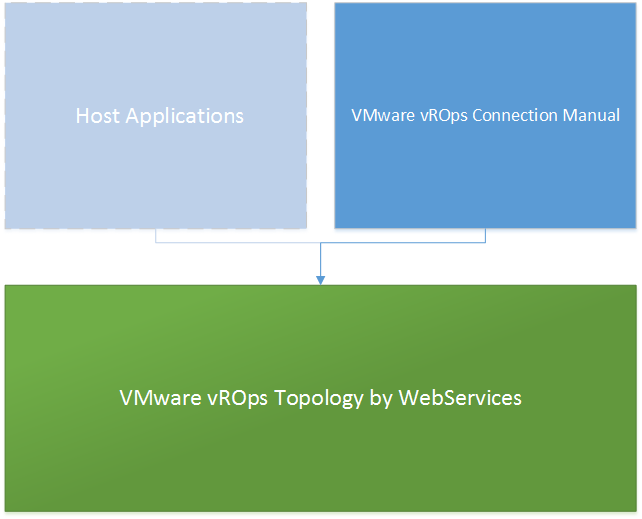Searching the Help
To search for information in the Help, type a word or phrase in the Search box. When you enter a group of words, OR is inferred. You can use Boolean operators to refine your search.
Results returned are case insensitive. However, results ranking takes case into account and assigns higher scores to case matches. Therefore, a search for "cats" followed by a search for "Cats" would return the same number of Help topics, but the order in which the topics are listed would be different.
| Search for | Example | Results |
|---|---|---|
| A single word | cat
|
Topics that contain the word "cat". You will also find its grammatical variations, such as "cats". |
|
A phrase. You can specify that the search results contain a specific phrase. |
"cat food" (quotation marks) |
Topics that contain the literal phrase "cat food" and all its grammatical variations. Without the quotation marks, the query is equivalent to specifying an OR operator, which finds topics with one of the individual words instead of the phrase. |
| Search for | Operator | Example |
|---|---|---|
|
Two or more words in the same topic |
|
|
| Either word in a topic |
|
|
| Topics that do not contain a specific word or phrase |
|
|
| Topics that contain one string and do not contain another | ^ (caret) |
cat ^ mouse
|
| A combination of search types | ( ) parentheses |
|
Discovery Flow
This section describes the discovery flow of the VMware vRealize Operations discovery.
General Flow

The general flow of the vROps discovery can be divided into three separate jobs. The Host Applications and VMware vROps Connection Manual jobs are responsible for creating a VMware vRealize Operations (vROps) CI with the needed data, including Application IP and possibly credentials ID.
The created vROps CIs is then used as the trigger CI of the VMware vROps Topology by WebServices job. This job discovers the vROps topology by requesting resources from the vROps API.
VMware vROps Connection Manual Flow
- Get HTTP credentials.
- Test all the credentials and find a valid credential (if existing).
- Create vROps base-URL from Application IP and credential attributes.
- Resolve the host name from Application IP to get the name of vROps host server.
- Create UCMDB CIs, such as VMware vROps, Host, and IpServiceEndpoint.
VMware vROps Topology by WebServices Flow
- Get HTTP credentials (with preference for the tested credential from the previous job).
- Try all the credentials (at least until a valid one is found) to authenticate at vROps API and receive access token.
-
Request information on all the vCenter servers managed by the recent vROps application and create UCMDB CIs accordingly.
The following steps are proceeded only when the discoverVCenterOnly adapter parameter is disabled:
- For each VMware vCenter, request all the connected VMware Datacenters from vROps API and create UCMDB CIs accordingly.
- For each VMware Datacenter, request all the connected VMware Clusters as well as connected Hypervisors and create UCMDB CIs accordingly.
- For each VMware Cluster, request all the connected Hypervisors and create UCMDB CIs accordingly.
- For each Hypervisor, request the connected Virtual Machines and create UCMDB CIs accordingly.
We welcome your comments!
To open the configured email client on this computer, open an email window.
Otherwise, copy the information below to a web mail client, and send this email to cms-doc@microfocus.com.
Help Topic ID:
Product:
Topic Title:
Feedback:





